Tutorials / TECHNICAL, ALL TUTORIALS

Playing with the blur
Now, for a little more advanced photography tutorial: how can we be creative using the lens blur of our depth of field (thing we do playing with our Aperture, remember?).
So basically, having a wide aperture and getting close to your subject will end up with a very shallow depth of field, which is going to blur things in the foreground or background. We got this. Fast lenses allow you to play with super wide apertures (f1.8, f1.4, f1.2 or even more) which makes it easier to play with the bur. A portrait at f1.4 for example will allow you to only focus on one part of the face (the eyes for example) and blur the rest of the face (nose and ears). Note that having the widest Aperture possible will soften your image, you will get a sharper picture when closing the aperture more (above f2.0 or f2.8, depending on the lenses).
Fine, why am I writing about it if everyone was already doing that? Well there is something quite interesting, but tricky, to play with. I discovered that by accident (like most things I have discovered, being self taught) when doing on old man’s portrait. What happened is that after I focused on the man’s eyes with a f1.4 aperture, he decided to move when I took the photo. He was then no longer in focus and his whole face became “soft” because not “sharp”. And I realized that was giving a great feeling to the photo! Mostly after I turned it to black and white.
I remember a while ago reading a photography magazine (I sometimes find one in a hotel reception left by a customer, when I sneak there at 5am to pick up people for the sunrise tour) talking about a French photographer who was often going to Madagascar and was using the Canon 50mm f1.2 to take night photos. He was talking how he discovered that not having the subjects in focus gave a weird but interesting feeling to the photos. I forgot about it until “the accident” happened to me. By the way, if you know who’s photographer I am talking about, send me a link, I cannot find him anymore.
So how do we do that? Well there are different ways: you can either focus on the subject and then move the camera away or towards the subject. Be careful though, 2 cm is a lot! Moving too much and you’ll end up having your subject completely blur, which just gives a feeling of “damn you silly your focus is wrong!!!”. You can also, if using L series lenses, focus on the subject and then adjust the focusing ring manually. A little more tricky though, as you need to move it very very very little. It requires some practice, and I found out that not every subject or situation works here.
To find out which subject would work better, think about the feeling this thing gives to the photo: a feeling of softness, blur… it is kind of being in a dream, and it leaves a lot of room for your imagination. A sharp photo tells what it tells: the focus is on the eyes, look at the eyes! A not in focus subject will let your eyes and mind wander on the subject and let you interpret it the way you feel. Children for example: you can reinforce the feeling of “innocence” by avoiding very sharp areas. The girl on this photo is my “Mona Lisa”. The blur gives a whole feeling to it.
What about landscapes? A not in focus photo of Hoi An at night emphasizes the lights themselves, as our eyes does not try to see a particular subject (the river or a house). So how do you feel about that? Let’s go out and give it a try! 🙂

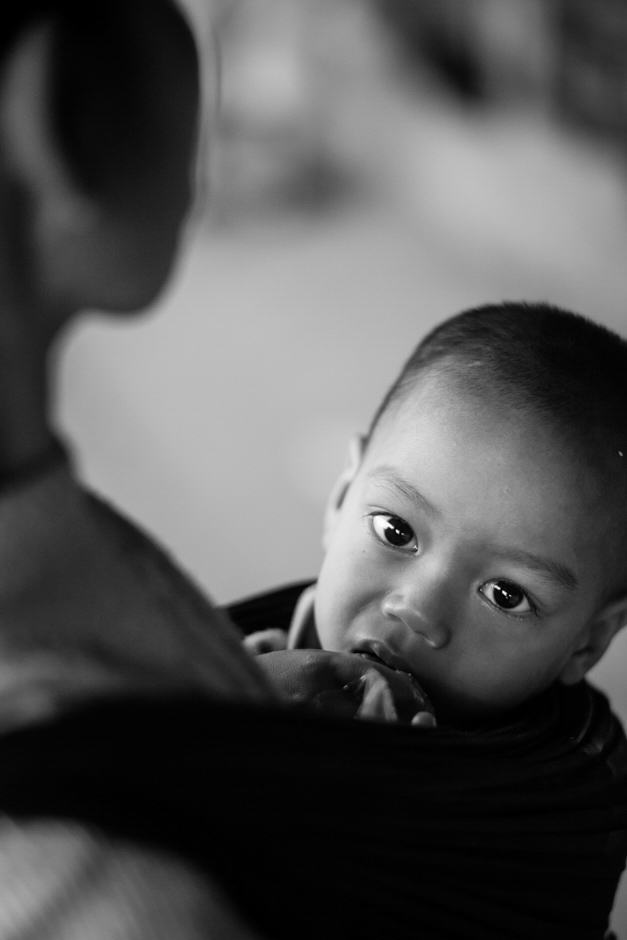
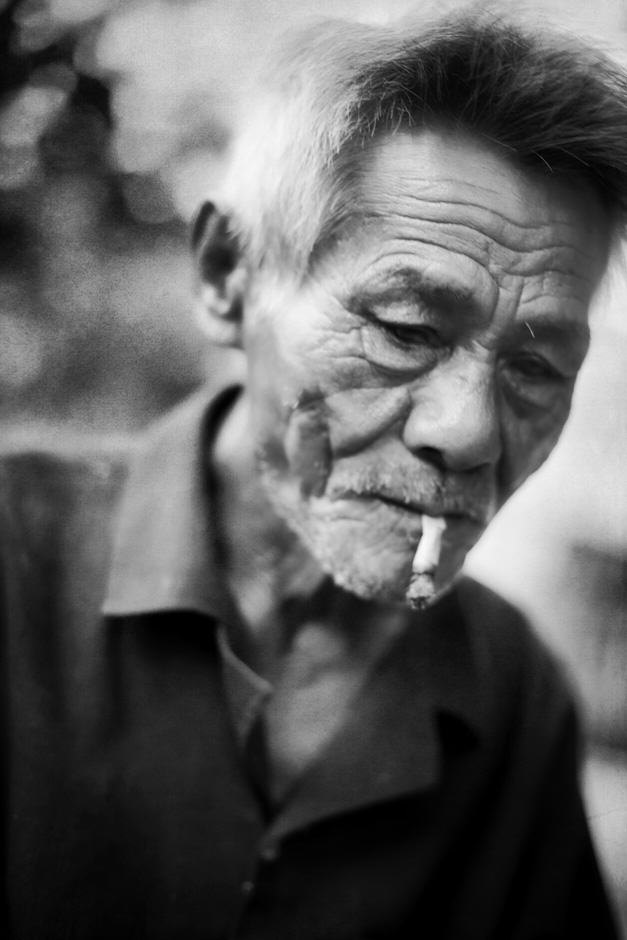
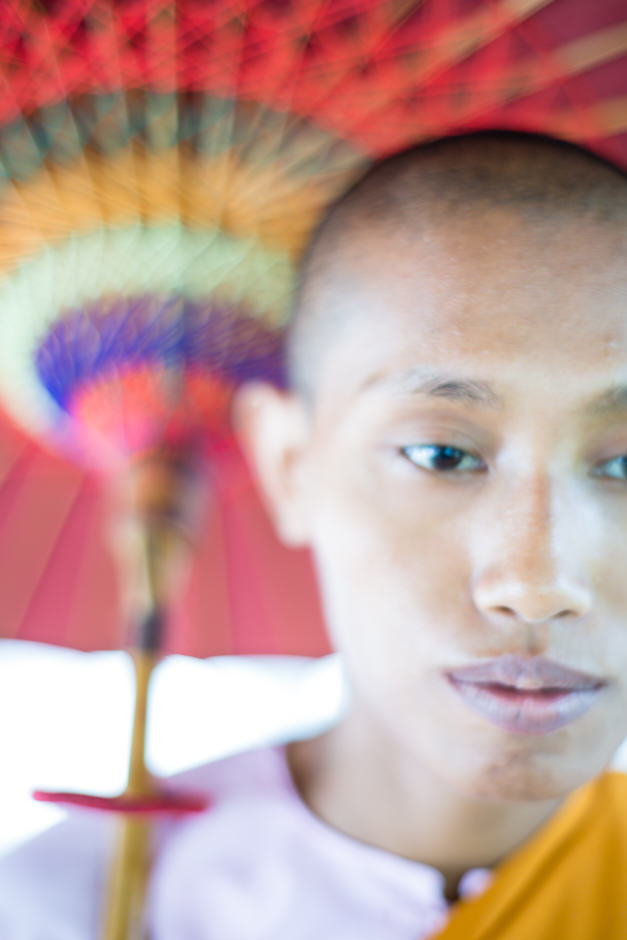
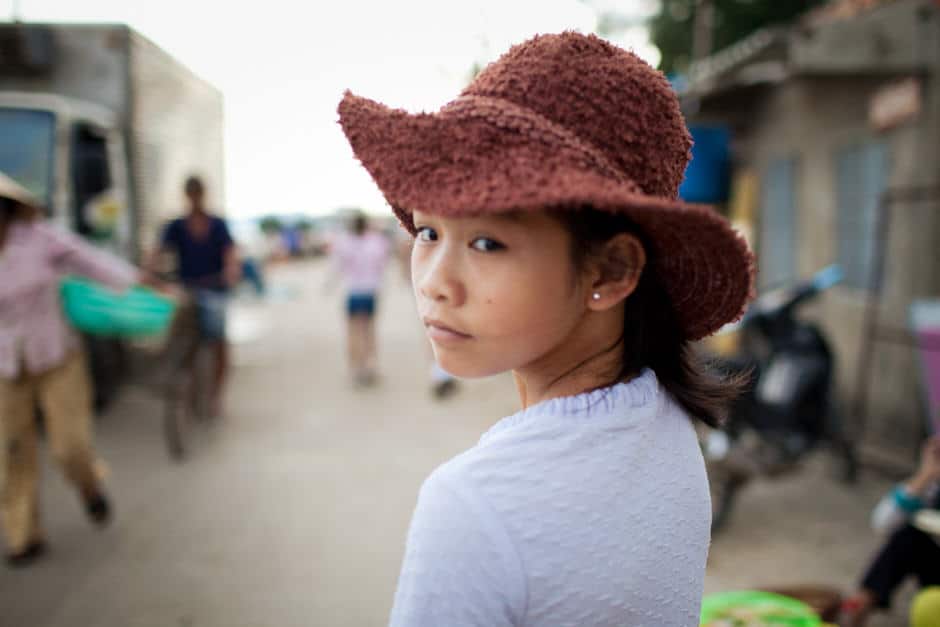
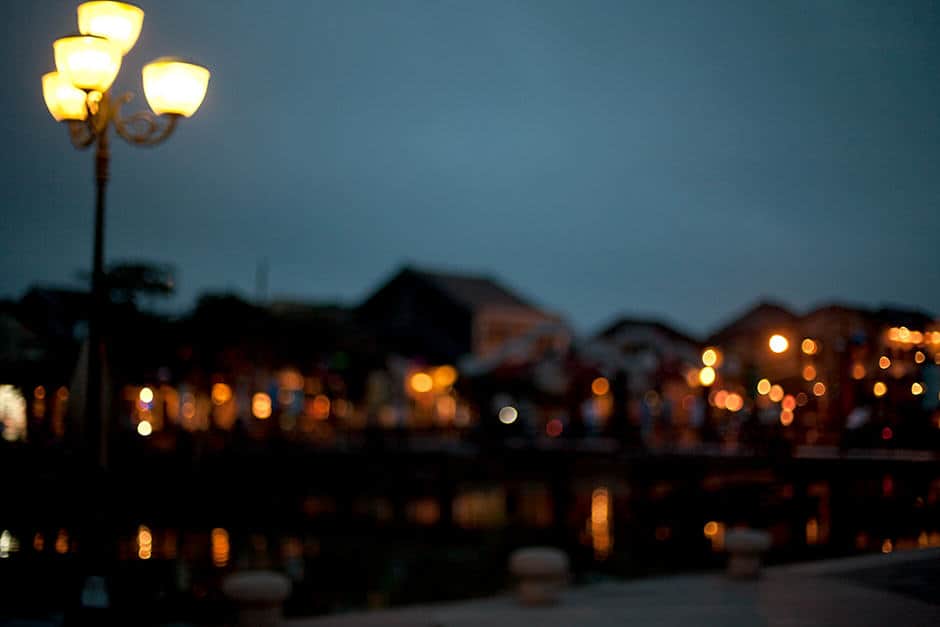
[…] Playing with the blur […]